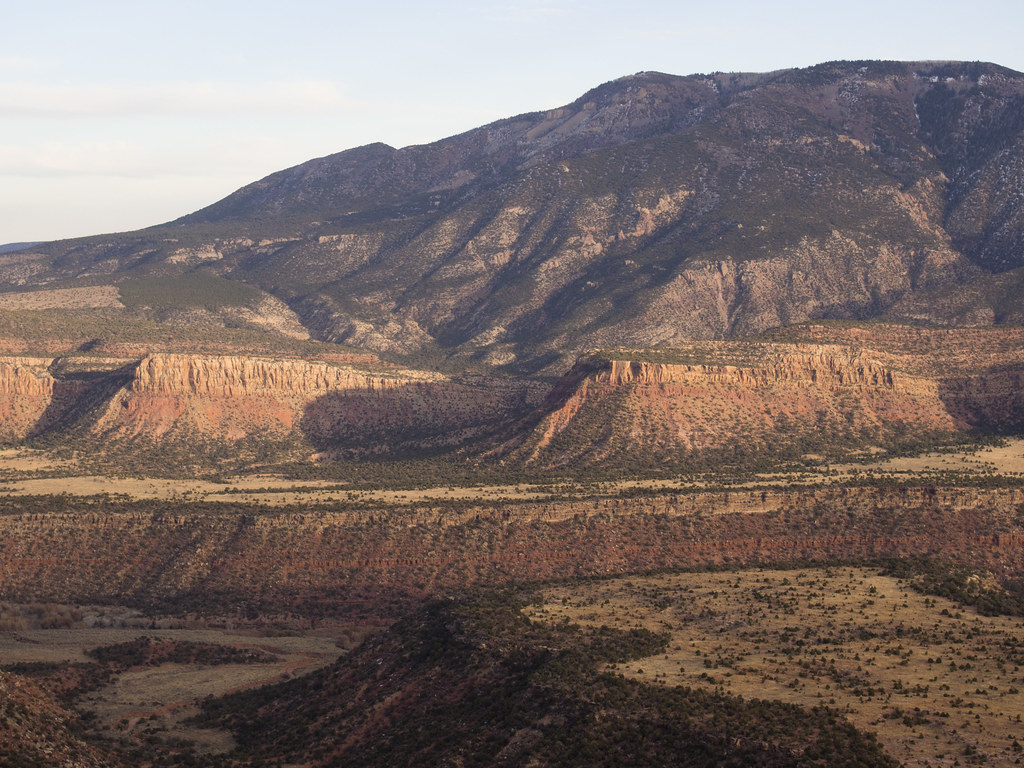
Select Page
The Guidance for Federal Departments and Agencies on Indigenous Knowledge* was released jointly by the White House Office of Science and Technology Policy (OSTP) and the Council for Environmental Quality (CEQ) on December 1st, 2022.
Article by Annika Mayer, 12/9/22
In an exciting development for tribal groups, the federal government has released a set of guidelines on how to collaborate with native communities and apply Indigenous Knowledge (IK) in the day to day operations of government agencies. Documents were formulated in consultation with over 100 tribal nations and incorporated feedback from public listening sessions. This guidance confirms what many indigenous communities, researchers, and government professionals already know: the expertise of native people about our environment can make a significant contribution to the conservation and wellbeing of our ecosystems. Read on to learn about the information contained in these documents and how it can be applied.
*The term Indigenous Knowledge (IK) is used throughout this article as this is the term used in documentation issued by the federal government, but different groups may prefer to use other terms such as Traditional Ecological Knowledge (TEK) or Native Science.
Indigenous Knowledge has been used to care for America’s lands since time immemorial, and this document recognizes the legitimacy and value of these practices. It encourages federal bodies to take action and incorporate this information into their daily operations, while forming strong partnerships with tribal communities. Indigenous Knowledge (IK) generally refers to information and wisdom gained by a long history of interacting with and observing the environment. It can take a variety of forms such as wildland fire management, understanding the wellbeing needs of endangered species, or treating archaeological remains in a specific way.
– Brenda Mallory, CEQ Chair
Indigenous knowledge has relevance to a wide range of government agencies, especially those which deal with environmental and cultural issues. For example, Alaska Native groups may have input which would be especially relevant to the Marine Mammal Protection Act, and their need for subsistence resources should be recognized. Even agencies which do not interact so directly with tribal communities could benefit from the incorporation of Indigenous knowledge. Therefore, the potential impact of this guidance is very widespread.
Indigenous Knowledge is valuable cultural property. In order to use it effectively agencies must first build a strong relationship with tribal communities. The guidance recommends the following seven steps in this process, explained in more detail in the documents linked at the end of this article:
1. Acknowledge historical context and past injustices
2. Practice early and sustained engagement
3. Earn and maintain trust
4. Respect different processes and worldviews
5. Recognize challenges
6. Consider co-management and co-stewardship structures
7. Pursue co-production of knowledge
Once a relationship has been established, agencies should consider applying indigenous perspectives to federal research design and implementation, grants and funding opportunities, rulemaking, and use of science and evidence.
The guidance document contains detailed recommendations on how to accomplish this, as well as links to further guidance documents from federal and external agencies.
The appendices of the guidance document describe several successful projects which incorporate Indigenous Knowledge and prioritize tribal partnerships. These cover areas as diverse as climate change, species restoration, ecosystem management on federal lands, increasing data sovereignty, protecting cultural heritage, and health.
The image to the right shows Bears Ears National monument, an example of successful co-management of land.
The guidance opens up a wide range of possibilities for government agencies. The accompanying memorandum encourages them to put these possibilities into practice, requiring agencies to submit a report within 180 days of the announcement detailing their efforts to incorporate Indigenous Knowledge into their work. To facilitate this the memorandum also establishes a subcommittee on Indigenous knowledge which will help agencies meaningfully implement the guidance.
